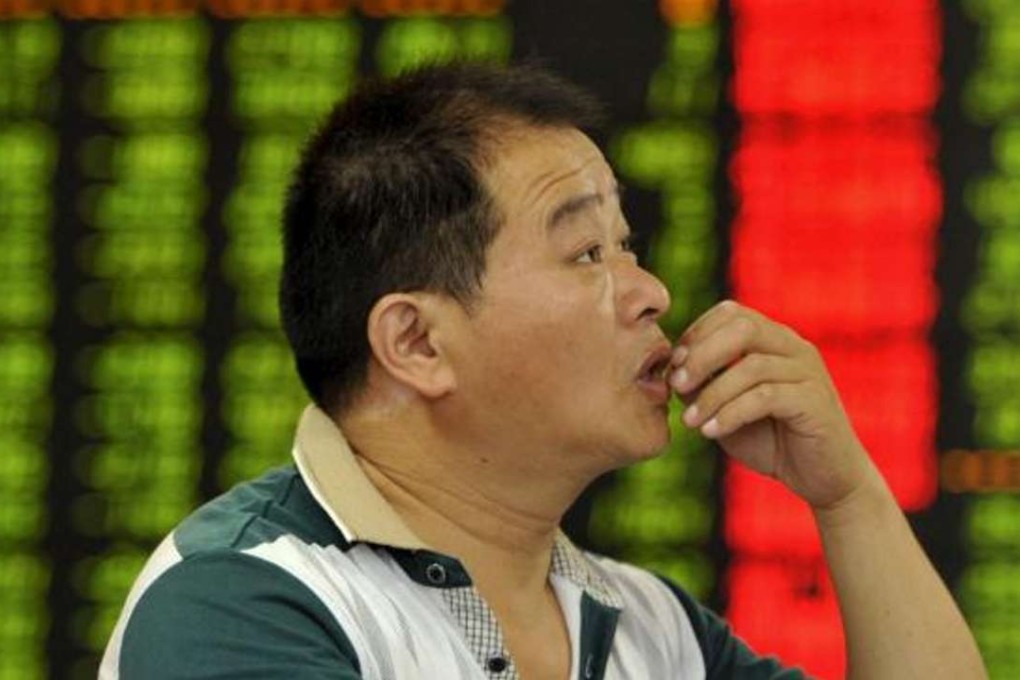One lesson China should learn from its stock market rout
A year on from the start of the huge slump in mainland share prices, analysts say the feverish trading among retail investors highlights the lack of investment options available to the public, beyond speculating on property and earning minimal interest through bank deposits

Yu Dalin, an IT engineer who earns about 500,000 yuan (HK$ 590,000) a year, said his stock portfolio shrank by 5 million yuan in China’s market rout over the past year and he is still wondering how things turned out so ugly.
Emboldened by slogans such as “reform-driven bull market” and the grand themes of “One Belt, One Road”, a strategy to boost China’s trade ties with the rest of the world that was supposed to benefit some stock market listed companies, Yu invested his own savings, his wife’s, his father-in-law’s, plus an equally large amount borrowed from his broker, in shares last year.
“I had thought I was going to win a new house from the stock market,” said Yu, after losing most of his cash. “Now I guess the right attitude should be ‘if you are willing to gamble, you just accept the result, whatever’.”
Yu, 39, is one of hundreds of millions of Chinese retail investors who got their fingers burned in the stock market plunge that started about a year ago, evaporating about 250,000 yuan from every share trading account – a big number in a country where the per capita disposable income was 22,000 yuan in 2015.
One year later, the jury is out regarding what China should learn from the rout and whether the conditions are right to avoid the next boom and bust after the benchmark stock index lost about 45 per cent from a peak last June and retail investors shunned trading.
